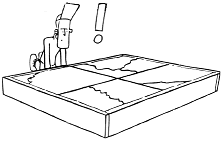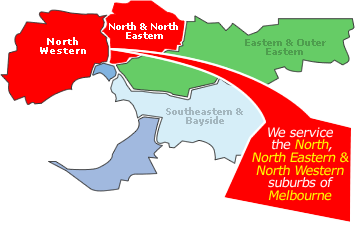Controlling cracks in concrete
Why does concrete crack? How do I control it?
Concrete cracks typically result from failure to cure the concrete properly. However, the cause may also be the result of poor site preparation and attention to detail in mixing, placing and finishing concrete with the inclusion of appropriate control joints. The prevailing weather conditions may also contribute to cracking, with the risk most likely on warm days, dry days with low humidity and/or windy days.
To control the incidence of concrete cracks:

- Prepare the site properly, including where control joints will be. Ensure correct placement of steel reinforcement if used. Spread a 10-mm base layer of sand or fine gravel over the formed area to act as a slip-joint between the ground and the concrete. Ensure that formwork is level, firm and properly fixed in place.
- Place the concrete carefully.
- Ensure thorough compaction of the concrete during placement.
- Start early. Avoid concreting in the middle of the day. Make sure there are sufficient able-bodied helpers to assist in placing, compacting, and finishing the concrete. Work at a steady pace until the entire job is complete.
- Avoid, if possible, executing major household concreting projects on warm sunny days, dry days with low humidity, or cold and/or windy days. Heed the prevailing weather conditions. If the weather is forecast to be hot, dry or windy, dampen the subgrade (ground) and formwork before placing the concrete. Make sure the work is adequately prepared because there will be less time to place, compact, finish and cure the concrete in warmer weather.
- The concrete MUST be finished correctly - from initial screeding to final finish; including properly positioned and constructed control joints.
- THE CONCRETE MUST BE CURED.
Call us
Call VM Minimix now on
03 9460 4717 for expert advice and prompt, friendly and professional delivery of your pre-mixed concrete.



